NY Times "The Kitchen as a Pollution Hazard"
deeageaux
10 years ago
Featured Answer
Sort by:Oldest
Comments (20)
jwvideo
10 years agolast modified: 9 years agokaseki
10 years agolast modified: 9 years agoRelated Professionals
Euclid Kitchen & Bathroom Designers · Pleasant Grove Kitchen & Bathroom Designers · Beach Park Kitchen & Bathroom Remodelers · Brentwood Kitchen & Bathroom Remodelers · Chicago Ridge Kitchen & Bathroom Remodelers · Cleveland Kitchen & Bathroom Remodelers · Creve Coeur Kitchen & Bathroom Remodelers · Durham Kitchen & Bathroom Remodelers · Fort Washington Kitchen & Bathroom Remodelers · Tuckahoe Kitchen & Bathroom Remodelers · Walnut Creek Kitchen & Bathroom Remodelers · Mount Holly Cabinets & Cabinetry · Radnor Cabinets & Cabinetry · Riverbank Cabinets & Cabinetry · Sunset Cabinets & Cabinetryjwvideo
10 years agolast modified: 9 years agododge59
10 years agolast modified: 9 years agodeeageaux
10 years agolast modified: 9 years agokaseki
10 years agolast modified: 9 years agojwvideo
10 years agolast modified: 9 years agoGooster
10 years agolast modified: 9 years agokksmama
10 years agolast modified: 9 years agododge59
10 years agolast modified: 9 years agocookncarpenter
10 years agolast modified: 9 years agojwvideo
10 years agolast modified: 9 years agokaseki
10 years agolast modified: 9 years agogigelus2k13
10 years agolast modified: 9 years agokksmama
10 years agolast modified: 9 years agokitchendetective
10 years agolast modified: 9 years agorococogurl
10 years agolast modified: 9 years agoFori
10 years agolast modified: 9 years agokksmama
10 years agolast modified: 9 years ago
Related Stories
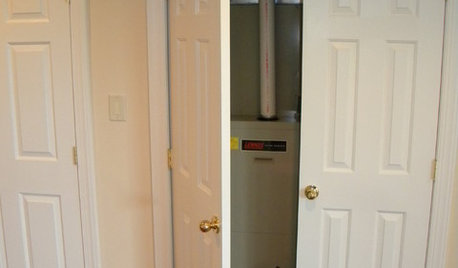
MOST POPULARA First-Time Buyer’s Guide to Home Maintenance
Take care of these tasks to avoid major home hassles, inefficiencies or unsightliness down the road
Full Story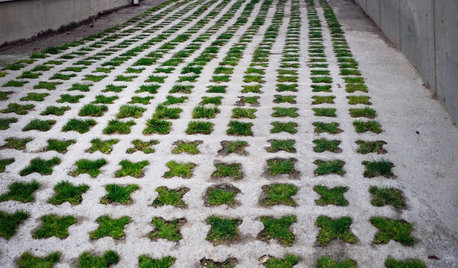
EARTH DAYHow to Build a Greener Driveway
Install a permeable driveway to keep pollutants out of water sources and groundwater levels balanced
Full Story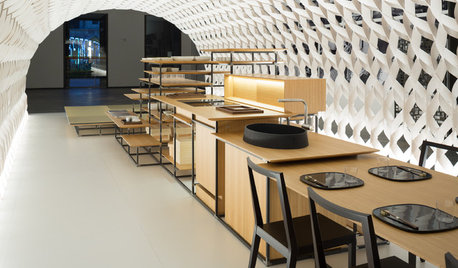
HOMES AROUND THE WORLDThe Kitchen of Tomorrow Is Already Here
A new Houzz survey reveals global kitchen trends with staying power
Full Story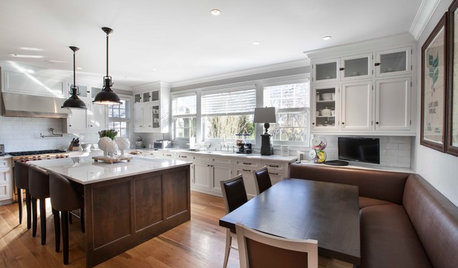
KITCHEN DESIGNKitchen of the Week: Great for the Chefs, Friendly to the Family
With a large island, a butler’s pantry, wine storage and more, this New York kitchen appeals to everyone in the house
Full Story
REMODELING GUIDESWisdom to Help Your Relationship Survive a Remodel
Spend less time patching up partnerships and more time spackling and sanding with this insight from a Houzz remodeling survey
Full Story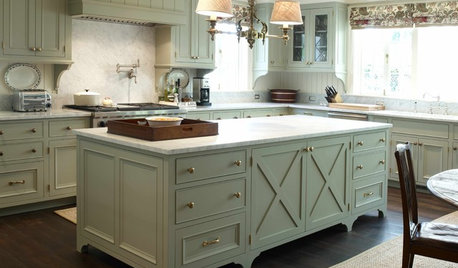
KITCHEN CABINETS8 Cabinetry Details to Create Custom Kitchen Style
Take a basic kitchen up a notch with decorative add-ons that give cabinets a high-end look
Full Story
TASTEMAKERSPro Chefs Dish on Kitchens: Michael Symon Shares His Tastes
What does an Iron Chef go for in kitchen layout, appliances and lighting? Find out here
Full Story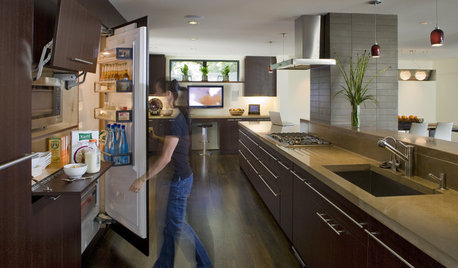
KITCHEN DESIGNHow to Choose and Use Ecofriendly Kitchen Appliances
Inefficient kitchen appliances waste energy and money. Here's how to pick and use appliances wisely
Full Story
KITCHEN APPLIANCESWhat to Consider When Adding a Range Hood
Get to know the types, styles and why you may want to skip a hood altogether
Full Story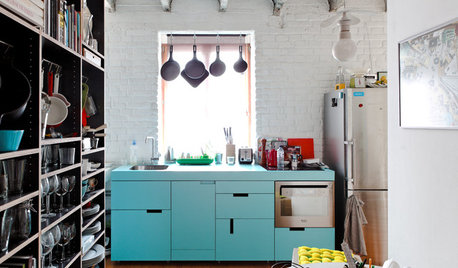
HEALTHY HOMEDetox Your Kitchen for the Healthiest Cooking
Maybe you buy organic or even grow your own. But if your kitchen is toxic, you're only halfway to healthy
Full Story





kksmama